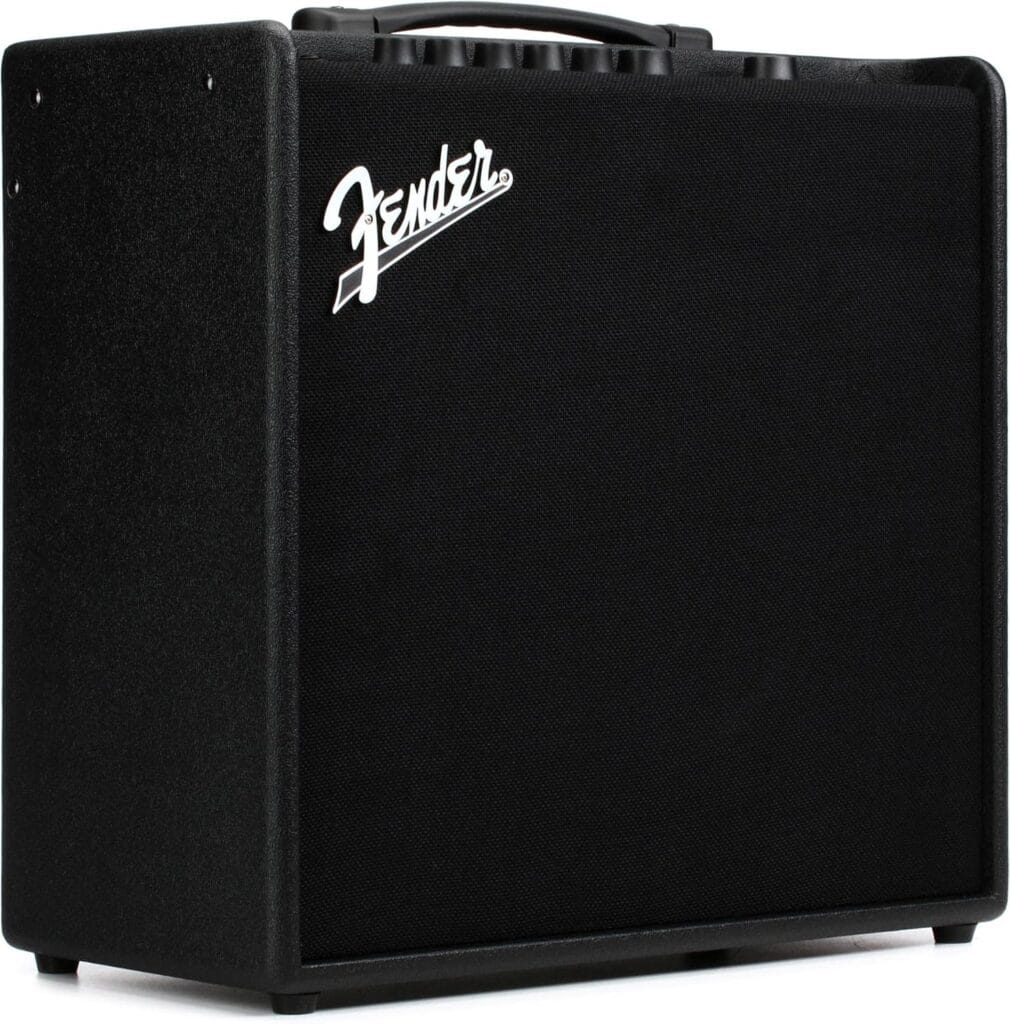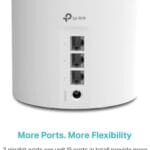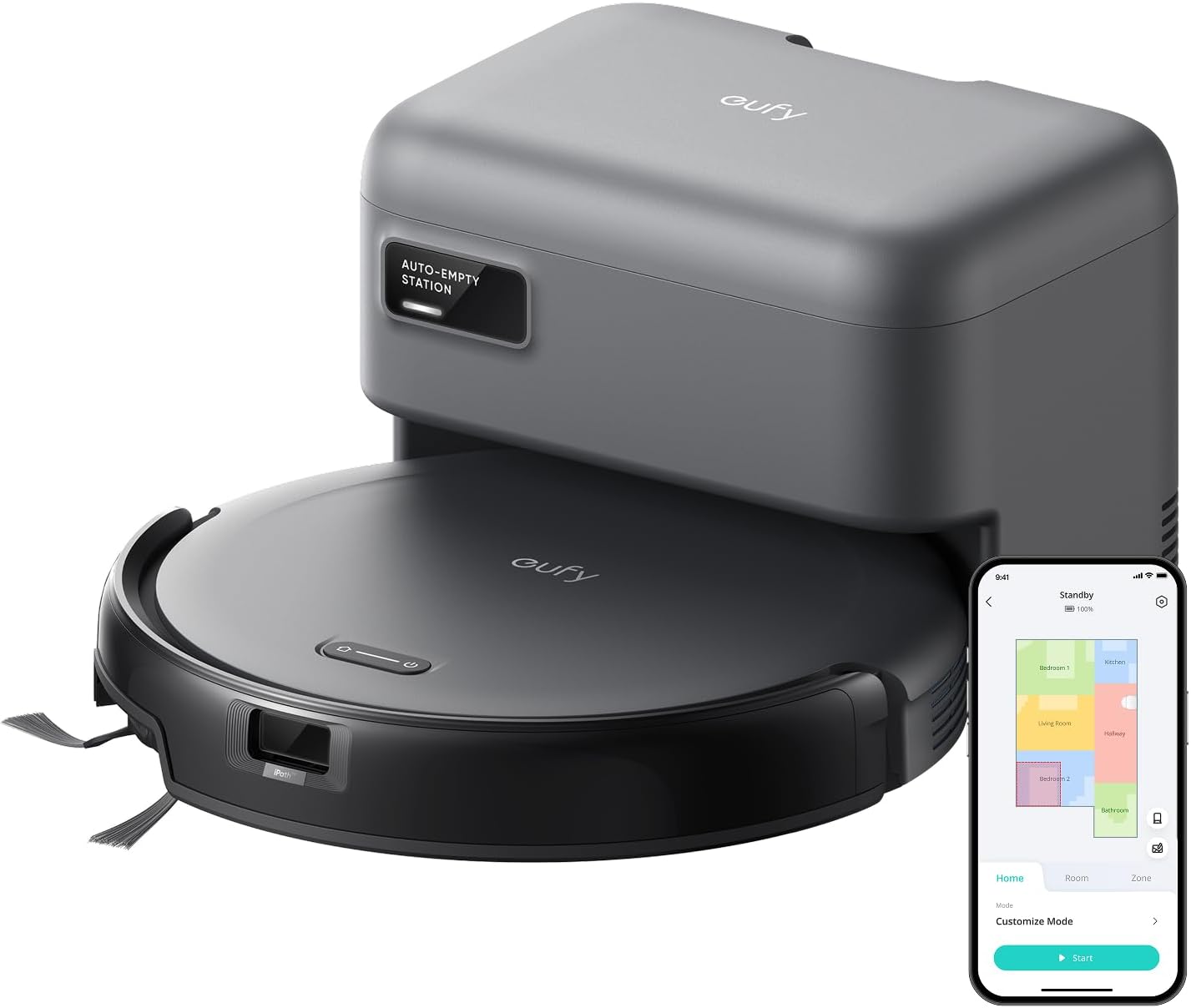Introduction to Guitar Amplifiers
Guitar amplifiers are essential devices that serve a fundamental role in shaping and enhancing the sound produced by electric guitars. They function by increasing the amplitude of an audio signal generated by the instrument, allowing it to be heard more clearly and with greater power. This amplification is crucial not only for rehearsals but also for live performances, where the dynamics of sound can significantly impact the overall musical experience.
The importance of guitar amplifiers extends beyond mere volume enhancement. They are designed to enrich the tonal quality and character of the instrument’s sound. Different amplifiers offer various sound profiles, thereby allowing musicians to explore a wide range of audio possibilities. For example, some amplifiers are specifically engineered to produce a warm, vintage tone, while others may cater to modern, high-gain styles of music. This versatility makes the choice of amplifier an important decision for guitarists who aim to achieve their desired sound.
In everyday practice, home amplifiers usually cater to quieter settings, providing adequate sound quality for personal use. They are generally more compact, often equipped with additional features such as headphone outputs and built-in effects that facilitate home practice without disturbing others. Conversely, stage amplifiers are built for performance environments, emphasizing robustness, higher wattage, and enhanced sound projection. The distinction between home and stage amplifiers is critical, as it influences the functionality and suitability of each type in its respective context. Understanding these differences helps musicians select the right equipment that aligns with their specific needs, whether practicing at home or performing in front of live audiences.
Types of Guitar Amplifiers
Guitar amplifiers come in various types, each designed to cater to specific playing environments and personal preferences. The three primary categories of guitar amplifiers are tube, solid-state, and digital models. Understanding these types is essential for guitarists, as it directly influences their tone, performance, and overall experience, whether performing at home or on stage.
Tube amplifiers, often regarded as the gold standard in the guitar amplification realm, utilize vacuum tubes to amplify the signal. They are praised for their warm, rich tones and natural compression, which many musicians find appealing. Tube amplifiers excel in live settings, where their responsiveness to playing dynamics can enhance a performer’s emotional expression. However, they can be heavy and require regular maintenance, making them less convenient for home use.
On the other hand, solid-state amplifiers employ transistors and diodes for amplification. These amplifiers are known for their reliability, lightweight construction, and affordability. Solid-state amps deliver clean sound and are less prone to distortion at high volumes, making them suitable for practice environments. While they may not provide the same warmth as tube models, advancements have allowed for some solid-state amps to mimic the tonal characteristics of their tube counterparts effectively.
Digital amplifiers are a more recent innovation that utilizes digital signal processing technology. These models offer vast versatility through various built-in effects, sound modeling, and practice features, making them ideal for home use. Digital amplifiers can simulate an astounding array of tones and styles, accommodating countless musical preferences. While they may not replicate the organic sound of tube amps, many digital options have become increasingly sophisticated and user-friendly, bridging the gap between convenience and quality.
In conclusion, understanding the types of guitar amplifiers available is crucial for any guitarist. Each type offers unique features and benefits suitable for different contexts, allowing musicians to choose the appropriate model for their needs, whether at home or on stage.
Key Differences Between Home and Stage Amplifiers
When considering guitar amplifiers, it is crucial to understand the fundamental differences between home and stage models, as each serves distinct purposes and environments. One of the most striking differences is the power output. Home amplifiers typically have lower wattage, often ranging between 5 to 50 watts, which is suitable for personal practice and small jam sessions. In contrast, stage amplifiers are designed to project sound across larger venues and commonly possess higher wattage, from 50 watts up to 200 watts or more, ensuring they deliver adequate volume in expansive settings.
Another critical aspect is the volume capabilities. While home amplifiers prioritize a warm, rich sound at lower volume levels, stage amplifiers must maintain clarity and punch even at high volumes. This necessitates specialized speaker configurations and designs in stage models to prevent distortion and ensure sound quality is preserved regardless of the amplification level.
Portability is also a prominent concern when differentiating these amplifier types. Home amplifiers tend to be more compact and lightweight, designed for ease of use in personal spaces. On the other hand, stage amplifiers, while possibly heavier and bulkier, are often equipped with features like durable casing and enhanced transport options to withstand the rigors of live performances.
Lastly, the features of both amplifier types cater to their respective environments. Home amplifiers often include built-in effects or simpler controls, catering to casual players. In contrast, stage models may boast advanced features, such as multiple channels, effects loops, and robust EQ settings, allowing performers to customize their sound in real-time during a live show.
Understanding these differences is essential for musicians in making informed decisions based on their specific needs and performance contexts.
Cost Considerations for Amplifiers
When exploring guitar amplifiers, cost considerations play a crucial role in making an informed purchasing decision. The price range for amplifiers varies significantly between home and stage models, influenced by numerous factors such as brand reputation, features, and overall build quality. Understanding these aspects allows amateur players to budget effectively while considering their specific needs.
Home amplifiers are typically more affordable than their stage counterparts. A compact and versatile home amplifier can range anywhere from $100 to $800, depending largely on power output and additional functionalities. These models are designed for personal use and often integrate user-friendly features like built-in effects or digital connectivity. For amateur players, a quality home amplifier should ideally be budgeted at approximately $200 to $400, providing an avenue for practice without financial strain.
In contrast, stage amplifiers, which are built for performance in larger venues, come at a higher price point. The average stage amplifier can cost between $500 and $3,000 or more, depending on the power capacity and brand. Professional-quality models offer superior sound amplification, durability, and advanced tonal versatility, essential for musicians performing live. Therefore, it is advisable for budding artists to allocate a budget of at least $800 to $1,500 for a stage amplifier that meets their performance requirements.
Moreover, brand loyalty can heavily affect amplifier pricing. Brands renowned for their quality, such as Fender, Marshall, or Vox, often charge more due to their established reputation and perceived value in the market. New entrants in the amplifier sector may provide similar features at lower prices, appealing to budget-conscious buyers. Ultimately, understanding the difference in cost dynamics between home and stage amplifiers can assist musicians in finding an amplifier that suits their financial constraints while enhancing their performance experience.
Recommended Home-Use Amplifier for Amateur Players
For amateur guitar players seeking a home-use amplifier, the Fender Mustang LT50 emerges as a top-choice option. This versatile amplifier not only caters to the needs of novice musicians but also provides features that can satisfy more seasoned users as their skills develop. Priced competitively at around $300, it strikes a commendable balance between affordability and functionality.
One of the standout features of the Fender Mustang LT50 is its impressive modeling capabilities. This amplifier comes equipped with a plethora of built-in effects and amp models, allowing users to experiment with different genres and styles without needing additional pedals or gear. The range of presets provides a user-friendly experience, enabling even the least experienced players to achieve high-quality sound with minimal effort.
Portability is another crucial consideration for amateur guitarists, and the Mustang LT50 excels in this regard. Weighing in at just 20 pounds and designed with a compact structure, it is easy to move around the house or transport to a band practice session. Additionally, its straightforward interface features a clear and intuitive LCD screen, making it simple for players to navigate through various settings and tailor their sound preferences.
Sound quality is paramount for any amplifier, particularly for those practicing at home. The Fender Mustang LT50 delivers rich tones and clean sound reproduction, allowing novice players to hear their mistakes and improve over time. Combined with its varied tonal options and robust design, this amplifier stands as an excellent investment for amateur guitarists looking to enhance their playing experience from the comfort of their own homes.
Setting Up Your Home Amplifier
Setting up a home amplifier requires careful consideration of placement, settings, and connectivity to ensure optimal sound quality and practice efficiency. Positioning is critical, as it affects both sound projection and resonance. Ideally, place your amplifier on a stable surface, such as a stand or shelf, at ear level when you are seated. This height allows for better sound distribution, ensuring that you hear the full range of frequencies your amplifier can produce. Additionally, try to keep the amplifier away from corners or walls to minimize unwanted bass amplification or muddiness.
Once your amplifier is positioned correctly, adjusting its settings is the next step to achieving your desired sound. Most home amplifiers come with various equalization options and effects. Start with the amplifier’s tone controls—bass, midrange, and treble—to create a sound profile that suits your musical style. For clean sounds, consider setting the bass and treble at moderate levels while adjusting the midrange to bring out the clarity of your notes. For a heavier rock sound, lower the mids while boosting the bass and treble to enhance presence and brightness.
Furthermore, integrating additional devices such as pedals or audio interfaces can expand your tonal options. When connecting these devices, begin with the pedal effects to the front input of the amplifier, ensuring each effect is in the correct order according to your preferences. For recording or practice with backing tracks, utilize the line output or auxiliary input on your amplifier to link external devices. With proper setup and experimentation, your home amplifier can provide a versatile and rich playing experience, making your practice sessions both enjoyable and rewarding.
Using Stage Amplifiers: Best Practices
Utilizing stage amplifiers effectively during performances is critical for ensuring a positive experience for both musicians and the audience. A few best practices can help musicians maximize the potential of their stage amplifiers and create an engaging live sound.
First and foremost, conducting a thorough sound check is essential. This process allows musicians to assess how their instrument interacts with the stage amplifier in real-time. Start by setting the amplifier at a modest volume while testing different settings. Gradually adjust the tone controls, including bass, midrange, and treble, to achieve a balanced sound. It is important to perform the sound check in various locations on the stage, as the acoustics can drastically change based on the position of the musicians relative to the audience and the walls. Pay close attention to feedback levels, and make necessary adjustments to prevent disruptive sound issues during the actual performance.
Managing volume is another crucial aspect of using stage amplifiers. Musicians should be aware of their amplification level, particularly when performing with a full band. Amplifiers that are too loud can drown out other instruments, making it difficult for both musicians and the audience to enjoy the performance. A high-quality stage amplifier with a well-balanced output can prevent these issues, allowing each instrument to shine without overpowering others.
Finally, addressing stage acoustics is vital for enhancing the overall sound quality. Factors such as the venue size, shape, and materials can affect how sound travels and is perceived. Musicians should familiarize themselves with the venue prior to the performance. By strategically positioning the stage amplifier and utilizing the correct settings, they can optimize sound distribution, providing an exceptional experience for everyone involved.
User Experiences and Testimonials
Guitar amplifiers play a crucial role in shaping a player’s overall sound, whether at home or on stage. Many guitarists have shared their insights regarding the practical differences between home and stage amplifiers through various online platforms and personal testimonials. One common sentiment among players is that home amplifiers tend to prioritize tonal quality for practice and casual play. For instance, a guitarist named Mark expresses his appreciation for his home amp’s warm sound, stating, “I enjoy practicing at home, and the richness of tones my amp produces allows me to explore different genres effortlessly.” This indicates that home amplifiers often focus on capturing the nuances of sound, making them ideal for musicians looking to refine their skills in a comfortable environment.
On the other hand, stage amplifiers are often characterized by their power and volume capabilities. A professional musician, Sarah, shared her experience with a robust stage amp during a live performance: “The clarity and loudness of my stage amplifier allowed me to connect with the audience. It cuts through the mix of the band effortlessly.” This highlights that stage amplifiers are typically designed to project sound in larger venues, ensuring that the guitar can be heard clearly alongside other instruments. This distinction between user experience in different settings is vital for prospective buyers to consider.
Moreover, guitarists such as John also emphasize the importance of portability when comparing these two types of amplifiers. He notes, “While my home amp sounds fantastic, lugging it to gigs is a hassle. My stage amp is lightweight and easy to transport.” This perspective reinforces the notion that understanding individual needs—such as sound quality, volume capacity, and portability—can significantly impact the decision-making process for potential buyers. Overall, the real-world experiences shared by guitarists illustrate the nuanced differences between home and stage amplifiers, helping prospective users make informed choices.
Conclusion and Gratitude
In this discussion on guitar amplifiers, we have explored the fundamental differences between home and stage models. Home amplifiers are typically designed to provide excellent sound quality at lower volumes, making them ideal for personal use and practice sessions. These models prioritize tonal warmth and clarity, suitable for intimate environments where fine details are appreciated. Conversely, stage amplifiers are engineered to deliver high power and durability, capable of projecting sound across large venues. They often incorporate features that facilitate sound projection, such as built-in effects and higher wattage capabilities, catering to the dynamic requirements of live performances.
Having outlined the characteristics of both home and stage models, it is vital for musicians to consider their specific needs before making a purchase. Factors such as playing style, environment, and desired sound output should influence the decision-making process. Understanding these key points not only aids in selecting the right amplifier but also enhances the overall musical experience, no matter the setting.
We genuinely appreciate the time you invested in reading this article. Your engagement is crucial in fostering a community of guitar enthusiasts who can share insights and knowledge about music equipment. Should you have any thoughts or questions regarding the content presented, we encourage you to reach out and share them with us. We hope that this exploration of guitar amplifiers has been informative and helpful for your musical journey, and we look forward to seeing you return for future articles that continue to unveil the intricacies of musical equipment and art. Thank you once again for being a part of our community.






















